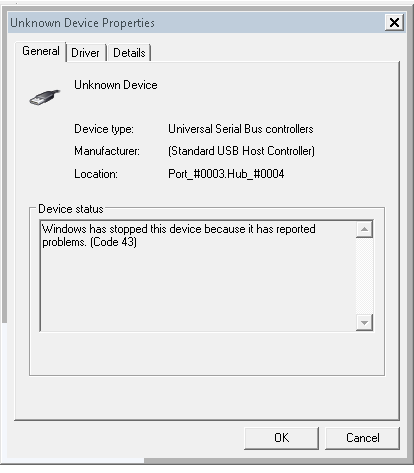After the hungarian goverment decided to replace all the electronic cash registers to "online" cash registers so now there are a lot of e-waste machines in Hungary.
My father bought a
Wisdor CR-681BFa half year ago, but he had to replace it. The machine has a 14 character semi-alphanumerical LCD with green backlight. (6 char alphanumeric, 8 char only seven segment) I decided to refurbish it.
I have not found any relevant information on the web about it. Some polish formums mentions it, but I have not found any datasheet, or useful documentation.
The following informations can be found on the LCD:
- EPCRE14XDB4-060720B It should be the partnumber, and the main board has the same prefix (EPCR683FMB2-061010B), so the LCD might be manufactured for only this cash machine vendor. This reduces the chance to found documentation on the web.
- CREDBOB (this might be the manufacturer name, or codename of the LCD)
- There are two solderable jumpers: J-LOOP1 and J-LOOP2.
In my case the J-LOOP1 is soldered, and there is a note on the silkscreen below that: FROM LCDDISPLAY.
The J-LOOP2 also has a note: DETECT LCDBOARD.
My uncle also owns a similar machine which has two piece of the same LCD. (That machine's has the same type of the LCD facing to the customer.) If I remember well the LCDs in that had different solder jumpering. I will try to get my paws on that and figure out how it works.
- The LCD has 8 LEDs for backlight. They are connected together by two in series and each LED pairs have a current limiting resistor.
The backlight controlling FET is installed on the LCD, see the pinout below.
- The board has a populated trough hole connector (CN-LCD 2)
It also has a place for a surface mount one (CN-LCD3) these connectors are wired together one-by-one.
There is a placeholder for a smaller raster 11 pin through hole connector (CN-LCD1)
Pinout of CN_LCD1:
1 ?
2 ?
3 BL_EN
4 LCD_CS
5 5V
6 SCLK (WR strobe)
7 GND
8 ?
9 DATA
10 JP_LOOP2 pin one
11 JP_LOOP2 pin two
Pinout of CN_LCD2, CN_LCD3:
1. GND through J-LOOP1 short
2. ?
3. BL_ON
4. SCLK (WR strobe)
5. DATA
6. ?
7. ?
8. 5V
9. LCD_CS
10. GND
After figuring that out I have fired out my saleae clone and captured the traffic. The LCD always get updated because the macine is in error state after turning off (the service had removed the "black box" after taking it out from the trading.)
You can find the captured waveform from the turning on state below:
Can be opened with Saleae Logic software.
Well I have not figured out anything special from the waveforms, so I have continued my investigations.
The machine's CPU is a Pinnacle 98CP49. I has the same logo engraved what is on the LCD's PCB silkscreen, so I would estimate that it is an ASIC or something similar. After doing some search around this CPU I have realized that it is very common in cash machines. Remember documentation mostly can be found in pdf so append filetype:pdf to your search criteria.
The third result comes from a Serbian company including a serbian service manual for a Micro cash register. This machines is built around the same CPU, and have similar LCD.
On the 32th page there is a schematic for the LCD pcb which seems to have similar connection to the mine. The LCD's controller is a 98L50/DICE1. Unfortunately I have not been able to find any relevant documentation from it. I guess it is an another ASIC according to the naming convention and the DICE could be a typo of DIE because it is a wire bonded IC on my board.











